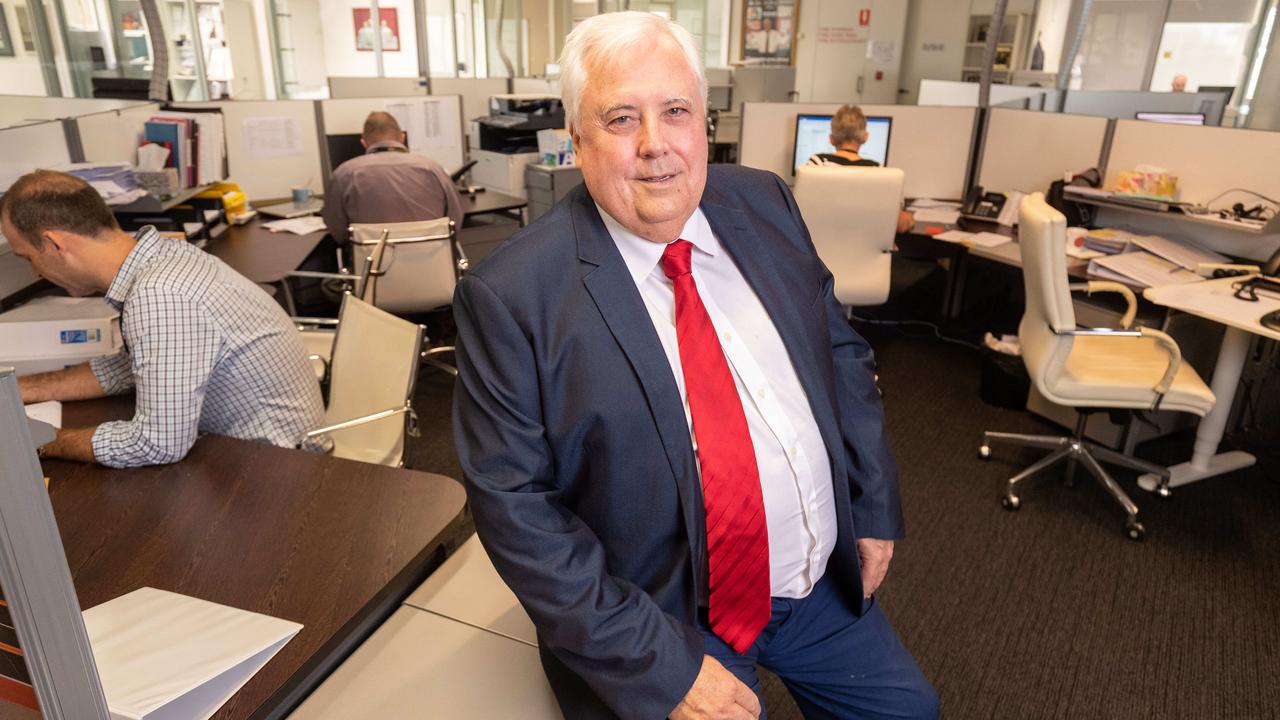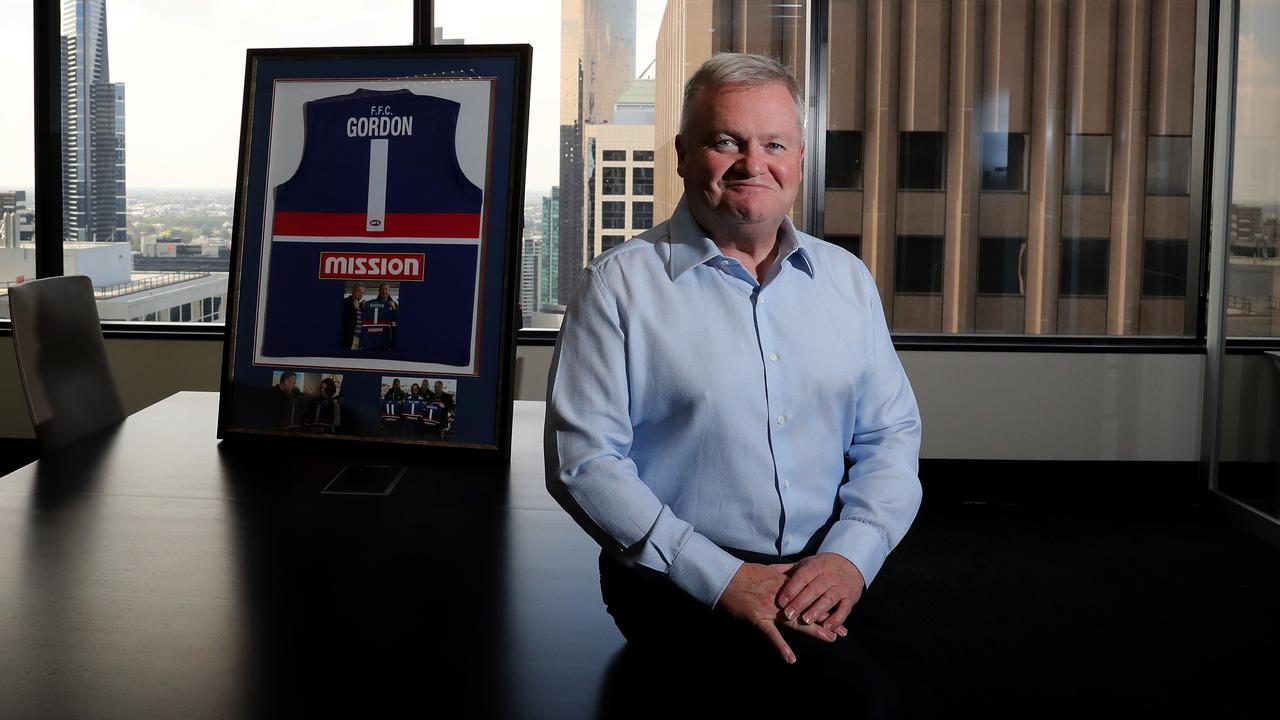Young Aussies heeding army's call
THE prospect of going to war is no deterrent to joining up: as the army prepares to mark Anzac Day, Australians are enlisting in historic numbers.
THE prospect of going to war in Afghanistan is no deterrent to joining up: as the army prepares to mark its proudest day at Gallipoli 95 years ago, Australians are enlisting in historic numbers.
Application rates are up 13 per cent and the Australian Defence Force has already hit 94 per cent of its recruitment target for the financial year.
This has lifted the military's full-time strength to 57,500, backed by 25,000 reservists.
The no-vacancy sign is on at officer training schools, with all available places filled at the Australian Defence Force Academy and Royal Military College, Duntroon.
The ADF said in a statement that "2010 has seen record numbers of inquiries against the army's permanent force recruiting targets. As at the beginning of April . . . army has met 3050 of the 3282 permanent force recruiting targets for the financial year."
Head of personnel capability Major General Craig Orme says one factor is a pay rate allowing an 18-year-old army private to earn $55,225 in annual salary and service allowance -- comfortably shading the $53,000 earned by a first-year medical resident with six years' university under the belt, or the median salary of $45,000 for law graduates.
Add on the tax-free $200-a-day international campaign allowance for frontline service in Afghanistan and the lot of the modern Digger is a world away from that of the original Anzacs, who received just six shillings (about 60c) a day in 1915.
The financial attractions don't end there.
Hefty bonuses have been built in to the pay structure to retain key defence personnel, such as submariners and frontline infantry leaders.
Technical, mechanical and electrical trades are in such demand that servicemen and women with other trade qualifications receive a one-off payment of up to $25,000 to switch to them.
"We have started to use more contemporary management tools, if you like," Major General Orme said.
The separation rate of those leaving the ADF had plunged from a worrying high of 13 per cent per annum in 2002 to 7 per cent, the lowest for 20 years.
Some things never change, however. Major General Orme said the majority of recruits were aged between 18 and 22, about what it was for the Anzacs all those years ago.
Few were put off by the prospect of being sent to Afghanistan, where 11 Australians have been killed and at least 70 others wounded, or other hot spots, the ADF's recruitment boss said.
"One of the things you would say is that the operational tempo and our commitment to active operations around the world clearly is not a deterrent to people coming to join up today," he said.
Asked if the war in Afghanistan was a plus for recruitment, Major General Orme said: "I think it depends on who you talk to. One of the biggest influences on people joining any service in the defence force is their parents, and some . . . are not so comfortable with the idea that their sons or daughters might go off to operational theatres. But what I would say is the sort of characteristics of the young people who join us are pretty much the same sort of characteristics of the first blokes who joined to become Anzacs.
"They are young, confident people who are looking for challenge, excitement and adventure."
Major General Orme chose his words carefully when asked whether heavier Australian casualties in Afghanistan would affect recruitment.
"It's a reasonable question to ask, but I think . . . it's in the space of the political dimension which is probably beyond my gift to respond to," he said.
ADDITIONAL REPORTING: KATHY QUINN



